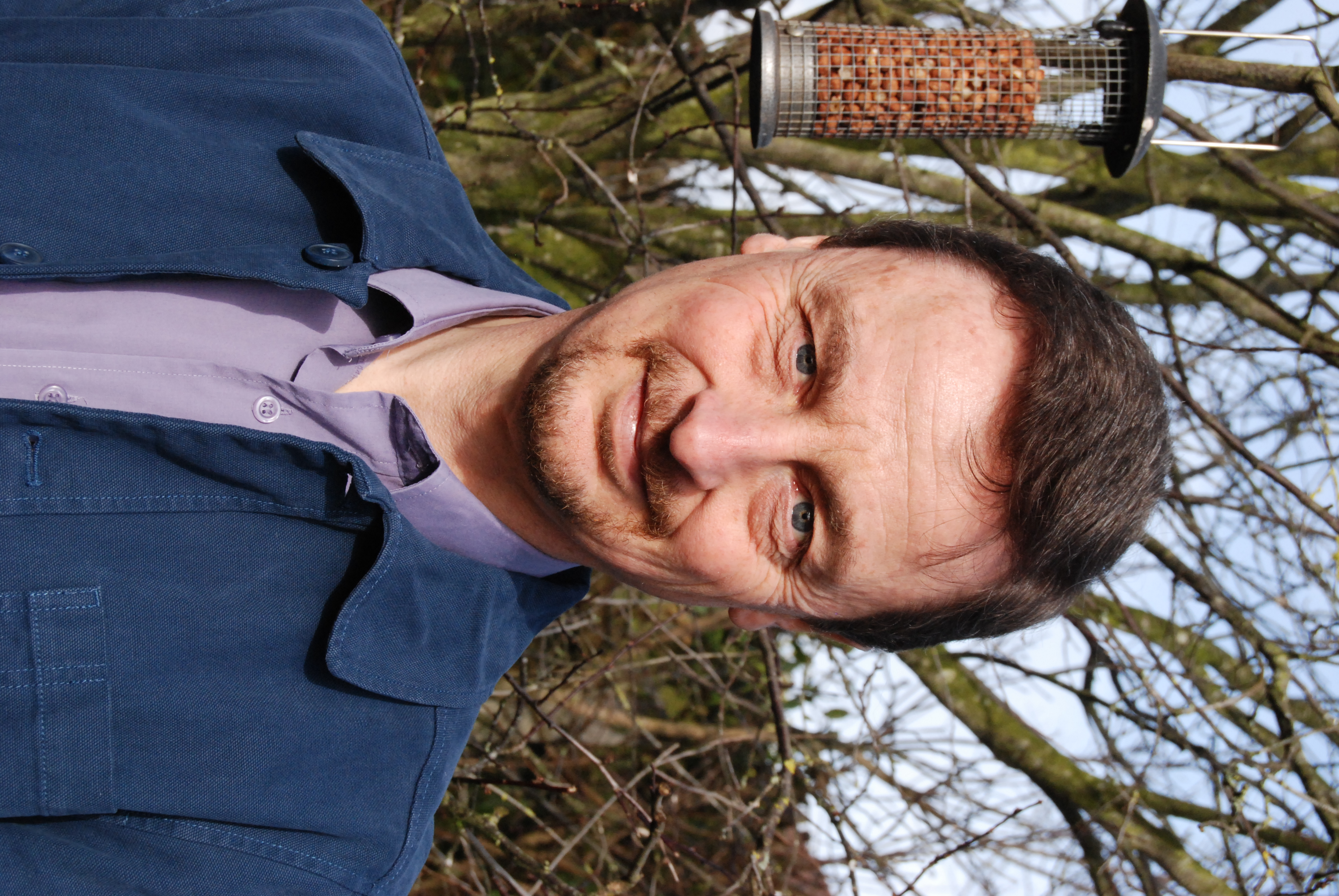February 2021
My dictionary defines beauty as “The qualities in a person or thing that gives pleasure to the senses or pleasurably exalt the mind or spirit.” So, is a Monet more beautiful than a Da Vinci; the Cumbrian fells or the Cornish coast; a Kingfisher or an Arctic Tern? It’s a subjective concept and we all have our opinions on the matter. It was therefore intriguing when the Government’s Planning White Paper ‘Planning for the Future’ elevated the concept of ‘beauty’ to new heights within its proposed changes to the English planning system.
How did the White Paper define beauty? The White Paper offered no definition, nor advice as to how this was to be measured or agreed, despite proposing a fast-track route to approval for new buildings that were beautiful. It also spoke in narrow terms, referring just to how buildings looked and not the wider environment in which they sat. Something to be somehow determined by local communities and set out within design codes and guidance.
But beautiful places are about so much more than just the appearance of bricks and mortar. It is about the setting of those buildings and the spaces between them and fundamentally what lives there. It is about the presence of trees and vegetation; of green spaces within which to relax and for children to play; of animals and birdsong. The life, vitality and beauty of the locality so often comes through the area being rich in nature.
Well, you may be thinking that as beauty is subjective, everything I’ve just said about the importance of nature is just my opinion, but whilst true I’m most definitely not alone. The Covid pandemic has shown just how important locally accessible nature-rich greenspace is to people. A life devoid of beauty is dull and uninspiring. A home devoid of nature is the same, and actually detrimental to good health and wellbeing.
I know that I’m not alone in thinking this, as during spring 2020 the RSPB commissioned You Gov to survey public opinion on the matter and the findings of the report, ‘Recovering Together’, were clear. People in England overwhelmingly saw access to nature-rich greenspace as important both during and in our recovery from the pandemic. 89% agreed that increasing the amount of accessible nature-rich green space helps to improve people’s general health, well-being and happiness. If further evidence is needed, 84% supported the suggestion that Government should increase the number of accessible nature-rich areas in the UK.
Thinking back to my dictionary’s definition of beauty giving pleasure to the senses and exalting the mind and spirit, access to nature certainly seemed for the majority of people to be an uplifting experience that made them happier. If our towns, cities and settlements are to be beautiful they must provide homes for nature.
It was therefore heartening to see that in its current consultation on the draft National Model Design Code that the Government has broadened its view of beauty. The guidance accompanying the draft code sets out positive measures through which developers can plan for biodiversity, including using native planting, incorporating bird and bat boxes, providing Hedgehog Highways between gardens, using natural water management systems, and providing high levels of public greenspace. These have all been showcased through Barratt Homes and the RSPB’s partnership working on a 2450 home new development at Kingsbrook, Alyesbury so we know they work.
So, can we now rest safe in the knowledge that our place-making will be forever beautiful?
Despite the excellent provisions in the draft National Model Design Code, there are implementation challenges ahead. Whilst the preparation of design codes and guides by local planning authorities is strongly encouraged, the National Planning Policy Framework cannot make them mandatory. Local planning authorities have suffered deep budget cuts and most will lack the staff capacity, knowledge and expertise needed to develop, implement, monitor and enforce design guides locally. Much will need to be built back. Meanwhile, ever expanded permitted development rights to convert existing buildings to housing are doing little to create higher quality places, and may place additional pressures upon existing greenspace, without contributing towards their maintenance or new provision.
So, whilst the aspiration of nature-rich new development in the draft National Model Design Code is to be welcomed, there are wider issues still to be addressed if communities are to be able to live in areas that give pleasure to their senses and pleasurably exalt their minds and spirit. But surely that’s a goal that we can all agree we should strive for?
If you agree, and would like to make your voice heard, the government’s consultation on revisions to the National Planning Policy Framework and National Model Design Code closes on 27 March 2021, and can be found at: https://www.gov.uk/government/consultations/nation...
Carl Bunnage is Senior Policy Officer at the RSPB and the Vice Chair of Link's Land Use Planning Group.
Follow @RSPBNews and @RSPBEngland
The opinions expressed in this blog are the author's and not necessarily those of the wider Link membership.




Latest Blog Posts